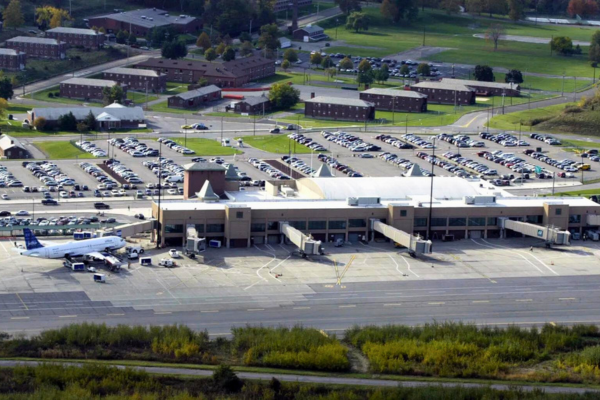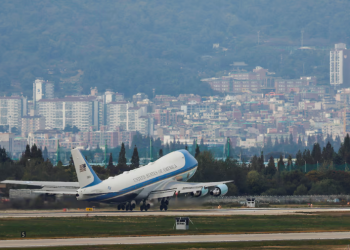The mystery surrounding a missing Lockheed Martin F-35B fighter jet has finally been unravelled as authorities found the wreckage in Williamsburg County, South Carolina, this past Monday. The extensive search effort was launched after the aircraft, which had taken off from Stewart International Airport in New York, continued to soar through the skies even after its pilot safely ejected on Sunday.

Collaborative search efforts bear fruit
The search for the vanished F-35B was a joint endeavour, with the US military joining forces with several agencies and local authorities. The mission received additional support from the Federal Aviation Administration (FAA), the 2nd Marine Aircraft Wing from MCAS Cherry Point, Navy Region Southeast, and the Civil Air Patrol. Local, county, and state law enforcement agencies across South Carolina also played a pivotal role in the quest to locate the missing aircraft.
A discovery in Williamsburg County
The breakthrough came when Joint Base Charleston, a Department of Defense Joint Base in Charleston, South Carolina, announced the discovery of the jet’s debris in a social media update on Monday. Their post stated, “Personnel from Joint Base Charleston and @MCASBeaufortSC (Marine Corps Air Station Beaufort) in close coordination with local authorities, have located a debris field in Williamsburg County. The debris was discovered two hours northeast of JB Charleston.”
Gratitude for dedicated partners
Expressing gratitude for the invaluable assistance provided, the base extended its thanks to mission partners and all the local, county, and state authorities involved in the search operation. As the search phase transitions into the recovery phase, the collaborative effort remains vital.
The pilot’s safe ejection

The incident began when JB Charleston revealed on Sunday afternoon that the F-35 was involved in a mishap. Thankfully, the pilot executed a safe ejection from the aircraft and was promptly transported to a local medical center in stable condition. To expedite the recovery process, the base requested public cooperation and urged individuals to contact its Defense Operations Center with any pertinent information.
A mysterious autopilot flight

One particularly perplexing aspect of the incident was that the fighter jet remained in autopilot mode after the pilot’s ejection. This led authorities to consider the possibility that the F-35B may have continued to fly unguided for an extended period before ultimately crashing. Ground and aerial assets were deployed in the search for debris, aided by data from Flightradar24.com, although the jet’s malfunctioning transponder posed a challenge to tracking its precise path.
Securing the debris field
As the recovery team secures the debris field, the community has been advised to steer clear of the area. The transition of incident command to the US Marine Corps signals the commencement of the recovery process.
A cold war echo
While it remains unclear how long the F-35 was airborne after the pilot’s ejection, the situation evokes memories of a similar incident during the Cold War. In July 1989, a Soviet MiG-23 fighter jet, after experiencing a malfunction, crashed into a home in Belgium, resulting in a tragic loss of life. Before its eventual crash, the MiG-23 continued to fly on autopilot for over 500 miles, crossing multiple countries. This incident is a stark reminder of the complexities and challenges associated with aircraft mishaps and autopilot systems.
Read more on The untold stories of top three aircraft groundings in aviation history









![An Airbus A320neo takes off for its first test flight [File AP]](https://autojournal.africa/wp-content/uploads/2025/12/An-Airbus-A320neo-takes-off-for-its-first-test-flight-File-AP-350x250.png)









